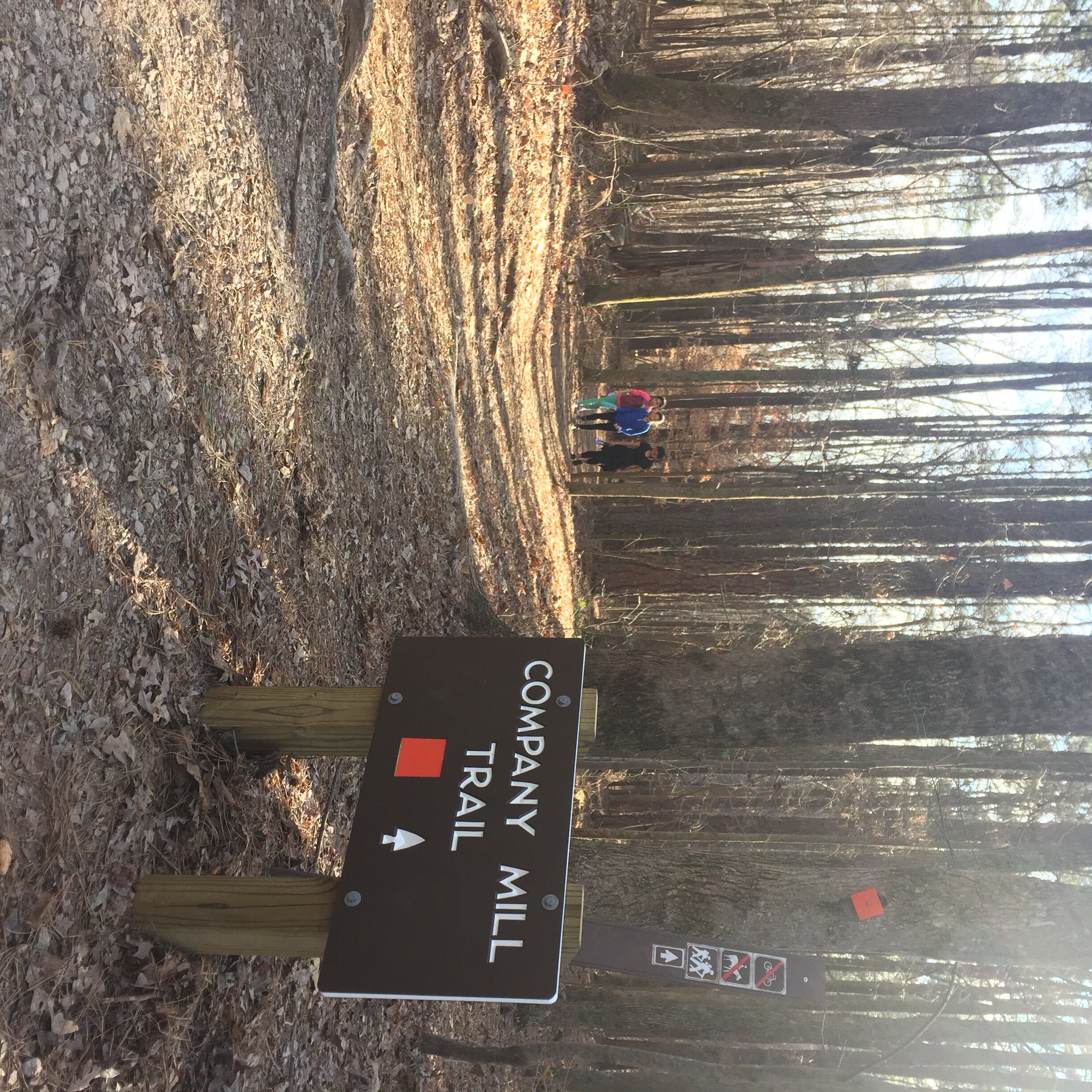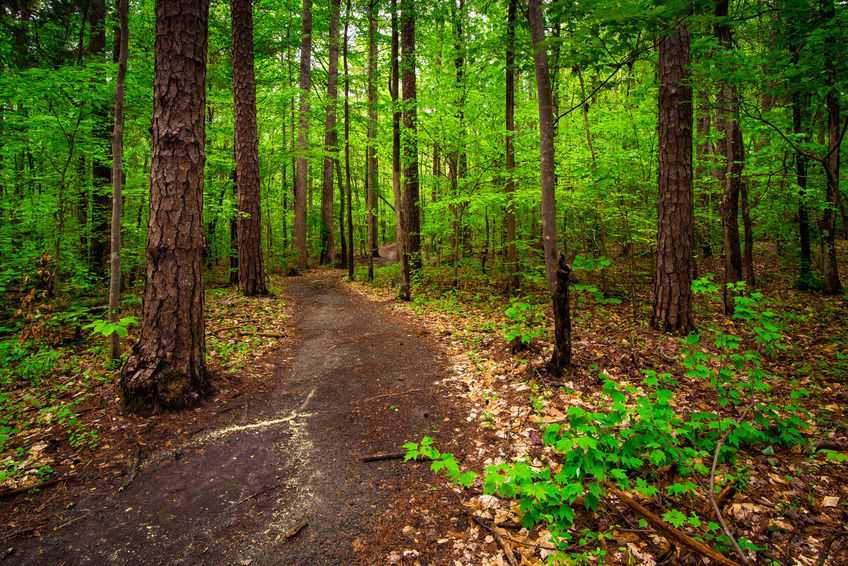Where’s it currently popping? Here are five places you might want to hit in the next two weekends. To keep tabs on the latest developments in fall color, visit VisitNC.com for daily updates from North Carolina’s State Parks.

1. Umstead State Park
Raleigh
“William B. Umstead State Park is in full autumn mode,” park ranger Jessica Phillips reported to VisitNC.com on Tuesday. “Colors are bursting forth from every direction.” Trails that snuggle up to water are particularly colorful: The Reedy Creek Lake Bike and Bridle Trail offers a grand view of its namesake lake rimmed in gold; Company Mill Trail includes a popular stop 1 mile in at the site of the old Company Mill dam on Crabtree Creek; Sal’s Branch Trail pops out of the woods for a sudden and stunning view of Big Lake below. Perhaps our favorite fall hike in the park, though, is the Sycamore Trail, which spends nearly a mile along Sycamore Creek, a rocky stream surrounded by rich forest that is currently ablaze in yellow. Sycamore Trail, at 7.2 miles, is the longest hiking-only trail in the park; for a 4.5-mile taste, start instead at the bike and bridle trailhead (where you’ll also have an easier time finding a parking spot).
More info here.
2. Birkhead Mountain Wilderness
Asheboro
This 4,790-acre tip of the Uwharrie National Forest in the central Piedmont is indeed a designated wilderness, earning the distinction in 1984. It’s a “friendly” wilderness, though, with easy-to-follow (and occasionally marked and blazed) trails. The popular 7.4-mile loop that begins from the access off Lassiter Mill Road takes you along a rocky spine before dipping down to Robbins Branch, regains the high ground on the Birkhead Mountain Trail, then returns via Hannah’s Creek. Throughout is a healthy, maturing hardwood forest of various oaks and hickories that, along with the assorted evergreens dominating the draws, gives a non-stop eye full of stoplight color: rich yellows, greens and reds. A nice place to lose yourself.
More info here.

3. Carvers Creek State Park
Spring Lake
If you’re like a lot of folks, you may not have made it yet to North Carolina’s newest state park. From an infrastructure standpoint, Carvers Creek State Park is still in development, but for the purpose of enjoying nature, this 4,000-acre preserve just north of Fayetteville is fully open for business. Once the personal retreat of James Stillman Rockefeller, who dubbed the area Long Valley Farm, Carvers Creek is remarkably diverse. Open fields are carpeted with native grasses and fall wildflowers, the woods include longleaf pine, as well as mixed pine and hardwoods. Add to that a 100-acre millpond with one of the westernmost examples of bald Cypress and you’ve got a cross-section of Piedmont and coastal plain. Reports park ranger Colleen Bowers, “the Cypress trees are starting to turn a rusty color,” and “goldenrod, members of the gentian family and many other wildflowers are in bloom.” She adds that the park has several upcoming events to help you explore and enjoy Carvers Creek’s color, including a 3-Mile History Hike on Saturday, Sunset Yoga on Oct. 28, and a Canoe Hike on Oct. 30.
More info here.
4. Cliffs of the Neuse State Park
Seven Springs
Cliffs of the Neuse may reside firmly in the coastal plain, but its perch nearly 100 feet above the Neuse River gives it more of a Piedmont, even mountain feel. According to the park’s website, “A range of habitats contributes to the abundance and variety of flora in the park. River margins, flood plains, rolling uplands and ravines are home to an unusual mixture of trees, shrubs and herbaceous plants. More than 420 species of plants have been recorded here.” That range includes pine forest familiar to the Sandhills, oak/hickory woods common to the Piedmont, cypress and live oaks characteristic of the coastal plain, and the more montane galax, red oaks and Virginia pines. That all adds up to a diverse color display reflective of all of North Carolina.
More info here.
5. Lower Haw River State Natural Area
Bynum
Here’s one really good reason for a fall visit to this linear state natural area spanning the east bank of the Haw River from Bynum south to U.S. 64: the poison ivy turns a brilliant warning red, making it so much easier to spot — and avoid. Another good reason for a fall visit: when temperatures are in the 60s and below, you’re less likely to inadvertently run across snakes. If you’re getting the impression this is one wild area, you’re getting the correct impression. It’s already a slice of equatorial jungle transported to the Piedmont; add the fact that as a State Natural Area it doesn’t receive the special touches of a State Park or State Recreation Area — like marked trails or bridges over deep creeks — and Lower Haw is best explored under ideal conditions. Like when it’s lit in fall color and the poison ivy is aglow.
More info here.
